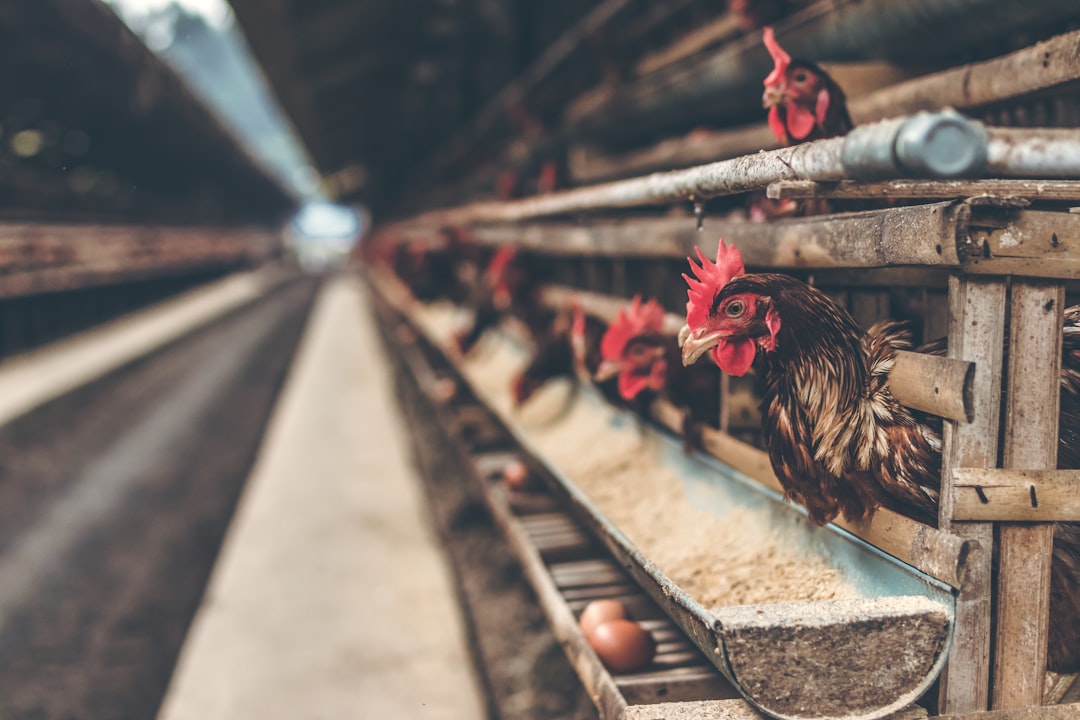What is it about?
* The study investigated the thermal decomposition of palm kernel shells (PKS) using different methods. * Model-fitting and model-free methods were compared to analyze the decomposition of PKS. * The apparent activation energy increased with conversion, indicating the complexity of the decomposition process. * The Sestak-Berggren model was found to be a better fit for PKS pyrolysis compared to the reaction order model. * Different components of PKS, such as moisture, hemicellulose, cellulose, and lignin, decomposed simultaneously. * The decomposition of lignin occurred at a slower rate compared to hemicellulose and cellulose. * Various methods, including KAS, FWO, and Friedman, were used to study the pyrolytic kinetics of PKS. * Model-free methods were effective in predicting the activation energies of lignocellulosic biomass components. * The three independent-parallel-reaction model provided a good fit to the experimental data.
Featured Image

Photo by Benjamin Zanatta on Unsplash
Why is it important?
* The study focuses on the thermal decomposition of palm kernel shells (PKS), which is a renewable and sustainable biomass resource. * The comparison of model-free and model-fitting methods for PKS decomposition provides insights into the most accurate approach for analyzing the process. * The evaluation of the global single reaction mechanism using reaction order and Sestak-Berggren models contributes to understanding the pyrolysis mechanism of PKS. * The study examines the simultaneous decomposition of different components of PKS, including moisture, hemicellulose, cellulose, and lignin, providing a comprehensive understanding of the process. * The use of various kinetic analysis methods, such as KAS, FWO, and Friedman, enhances the understanding of the pyrolytic kinetics of PKS. * The effectiveness of model-free methods in predicting the activation energies of lignocellulosic biomass components has practical implications for biomass conversion processes. * The findings of the study contribute to the broader field of biomass utilization and can inform the development of efficient and sustainable energy conversion technologies.
Read the Original
This page is a summary of: A Kinetic Study and Thermal Decomposition Characteristics of Palm Kernel Shell Using Model-fitting and Model-free Methods, Biofuels, July 2019, Taylor & Francis,
DOI: 10.1080/17597269.2019.1642642.
You can read the full text:
Contributors
The following have contributed to this page










